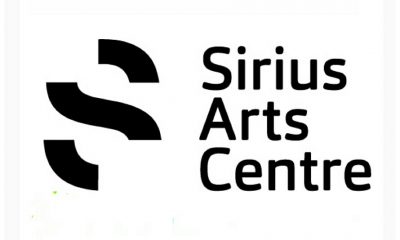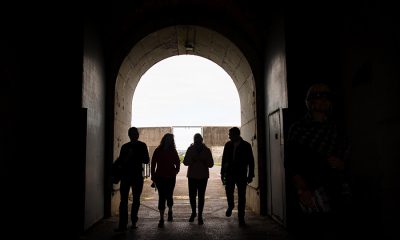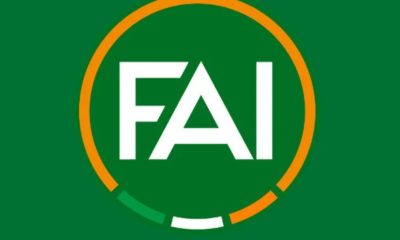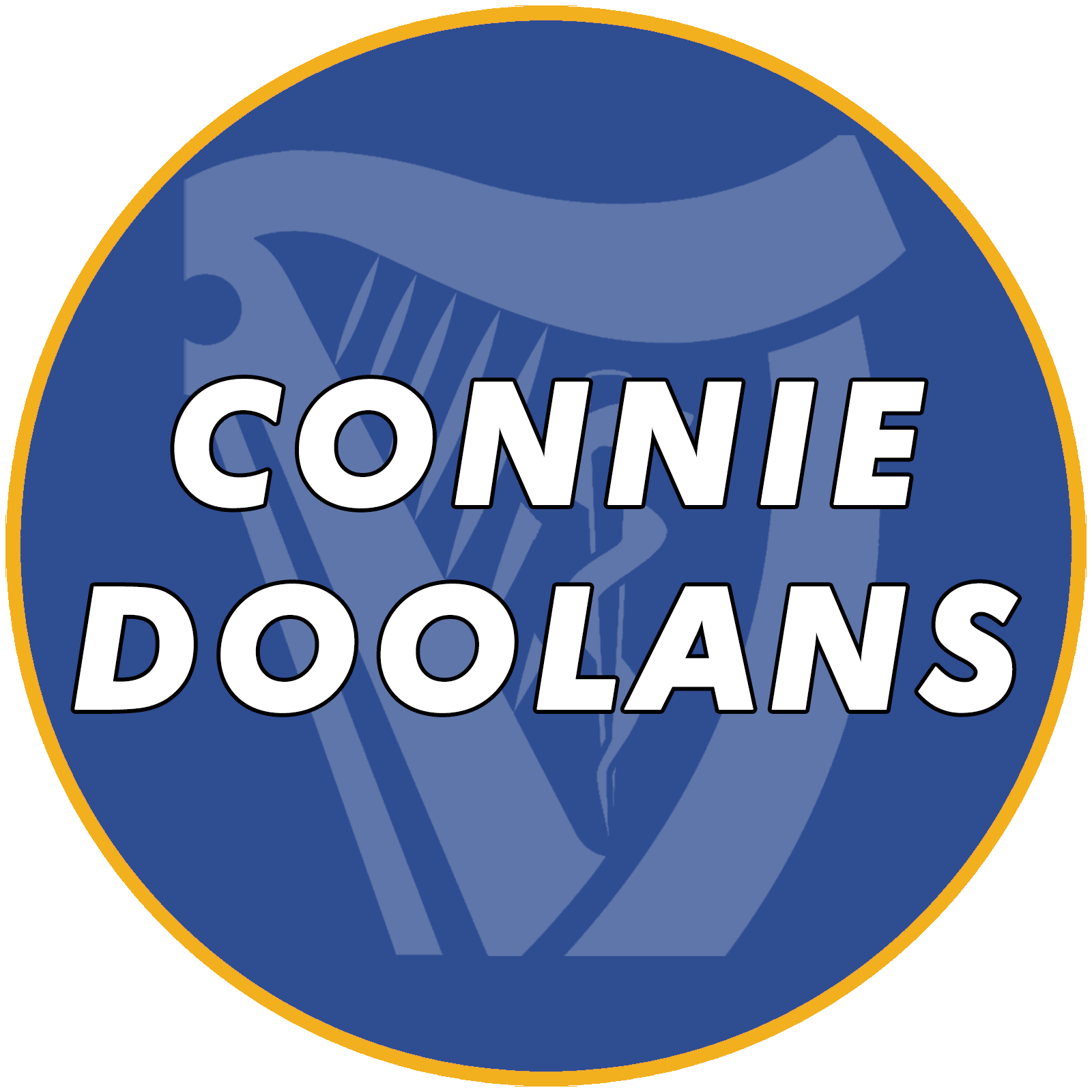Contributions
‘Meet The Ancestors’ by Jim Shealy
- Share
- Tweet /home/eastcork/public_html/wdir/wp-content/plugins/mvp-social-buttons/mvp-social-buttons.php on line 68
https://www.cobhedition.com/wdir/wp-content/uploads/2019/02/jim.jpg&description=‘Meet The Ancestors’ by Jim Shealy', 'pinterestShare', 'width=750,height=350'); return false;" title="Pin This Post">

Inquisitive minds will always ask the question, who are we and where did we come from? In this article I am not going to attempt to answer that question, however looking at the Archaeological evidence available I hope to shed some life on who were the first inhabitants of our home, The Great Island.
Unfortunately here on the Great Island we find ourselves lacking in what archaeologists describe as prehistoric monuments. No megalithic structures are found on the island, we have no standing stones, no prehistoric tombs, stone circles or dolmens. Therefore for answers as to who were the first inhabitants on the island we have to look at the archaeological record.
Many stories abound regarding the first settlers on the Island. In the book ‘History of the Great Island’ by Rev. Henry Dennehy, published in 1923 it is suggested that the island was settled by a ‘Phoenician Tribe’ in or around the 6th. C. BC. This has now been discounted as there is no archaeological evidence for such an event.
From this record it appears the oldest monuments found on the Great Island are what are referred to as Fulacht Fia. A number of these sites are recorded on the island mainly in the Townlands of Belgrove and Ballywilliam. Prominent throughout the country, over 3000 are recorded in County Cork alone they are dated to the late Neolithic, early Bronze Age, 3000 – 2000 BC.
Fulacht Fia’s are primarily recognised as sites used in the preparing of food. Normally rectangular in appearance, constructed as a trough set in the ground, varying in size, they are generally found in proximity to water i.e., running streams or lakes. The troughs were constructed of stone and many were found to have oak timber sides, they would have been sealed to keep in the water. These troughs would then be filled with water and into this water were immersed heated stones from a nearby fire, the idea being to heat up the water to boiling point by continuing to immerse heated stones. In Belgrove a mound of stone which would have been used for this purpose is still clearly visible on the landscape. Food, most likely meat would have been wrapped in straw and this food would be placed in the heated water. In experimental archaeology carried out at Ballyvourney in the 1950s, a section of meat was cooked for approximately 90 min. and afterwards devoured with relish. Other explanations for these sites is as Sweat houses, early saunas, or they being used in brewing beer, now there’s a nice thought! In mythology the legendry leader of the Fianna, Fionn Mc.Cumhaill was reputed to have bathed in a Fulacht Fia to sooth his limbs after doing battle, another nice thought!
Unfortunately all of the Fulacht Fia sites on the Island have now been levelled, however a recent discovery found during the construction of the houses at Inis Alainn at Ballywilliam in 2007 has been thoroughly recorded and thankfully the details are documented and available to anyone interested in knowing more about this site. To view the location of the Fuleach Fia originally on the Island you can visit the National Monuments website at http://webgis.archaeology.ie/historicenvironment/
-

 Announcements2 weeks ago
Announcements2 weeks agoJOB OPPORTUNITIES Watersedge Hotel are currently hiring for the following positions
-

 Events & Entertainment2 weeks ago
Events & Entertainment2 weeks agoSarah Browne Exhibition at the Sirius Arts Centre
-

 Local News2 weeks ago
Local News2 weeks agoSpike Island’s After Dark Tours return: Explore the haunting history of iconic prison island once dubbed “Ireland’s Hell”
-

 Local Soccer5 days ago
Local Soccer5 days agoCobh Wanderers face College Corinthians in 1st Round of Sports Direct Men’s FAI Cup








